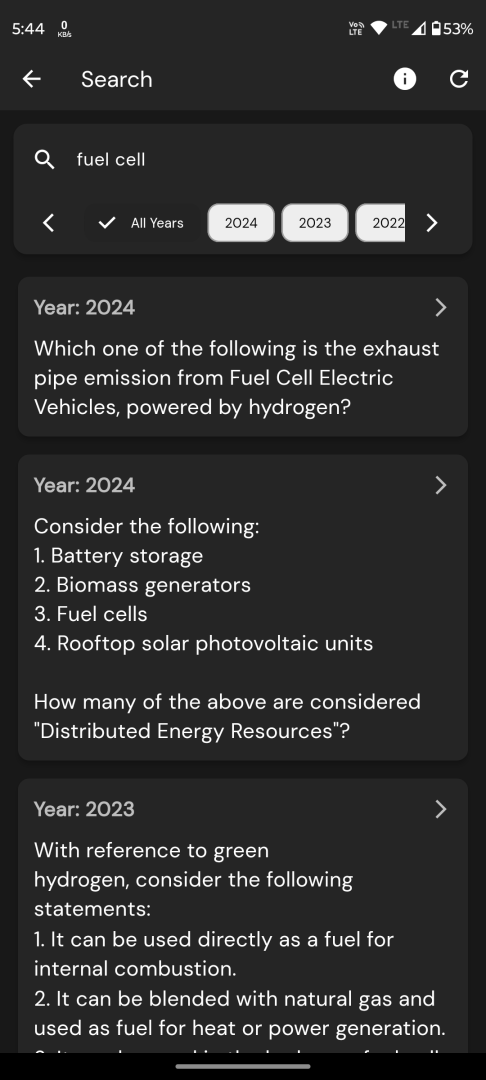Q. Which of the following factors/policies were affecting the price of rice in India in the recent past?
1.Minimum Support Price
2.Government’s trading
3.Government’s stockpiling
4.Consumer subsidies
Select the correct answer using the code given below:
a) 1, 2 and 4 only
b) 1, 3 and 4 only
c) 2 and 3 only
d) 1, 2, 3 and 4
Correct Answer : d) 1, 2, 3 and 4
Question from UPSC Prelims 2020 GS Paper
Explanation:
Factors/Policies Affecting the Price of Rice in India
1. Minimum Support Price (MSP)
The Government of India sets a minimum price for rice (and other crops) every year, known as the Minimum Support Price, at which it buys rice from the farmers, regardless of the market price. This policy is aimed at safeguarding the farmers from any sharp fall in the market price of rice. By setting an MSP, the government ensures that farmers get a minimum profit for their produce, which can lead to an increase in the price of rice in the market if the MSP is set higher than the prevailing market rates.
2. Government’s Trading
The government, through various agencies like the Food Corporation of India (FCI), also participates in the trading of rice. It buys rice from farmers at the MSP and sells it in the market or distributes it under various food security programs. This trading activity can influence the supply of rice in the market, thereby affecting its price. For instance, if the government decides to release more rice from its stocks into the market, it could lead to a decrease in rice prices, and vice versa.
3. Government’s Stockpiling
The government stockpiles rice for several reasons, including ensuring food security, stabilizing rice prices, and managing emergency situations. By holding significant quantities of rice, the government can influence rice prices. If the government stockpiles large amounts, it reduces the supply of rice in the market, which can lead to an increase in prices. Conversely, releasing rice from these stockpiles can help to lower prices.
4. Consumer Subsidies
The government provides rice at subsidized rates to a large section of the population under various welfare schemes, such as the Public Distribution System (PDS). These subsidies make rice affordable to the poor but can also influence market prices. By providing rice at lower prices, the demand for rice in the open market can be affected, which in turn can influence the market price of rice.
All these factors and policies are interconnected and play a significant role in determining the price of rice in India.





